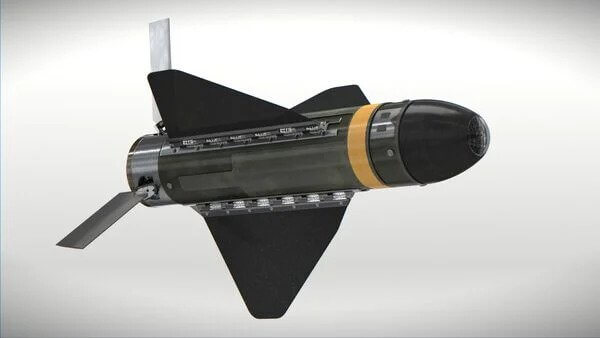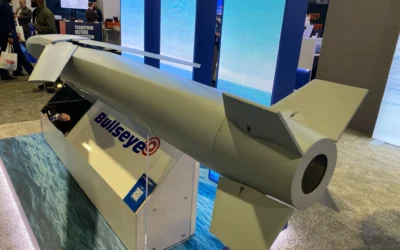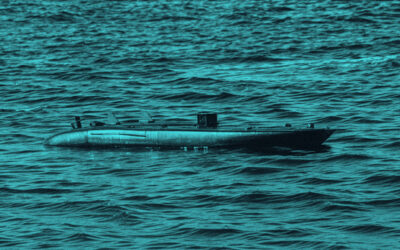Shield AI has unveiled a modernised version of its V-BAT unmanned aerial system (UAS), aimed at providing enhanced intelligence, surveillance…

US Northrop Grumman announced that it has successfully completed the development of the Hatchet miniature precision glide munition, following a series of end-to-end live all-up round tests on May 11.
During the US Department of Defence (DoD)-sponsored live-fire event, multiple Hatchets were released from a tactical Unmanned Aircraft System (TUAS) against a static target. The tests involved both point-detonated engagements and proximity initiations.
The air-to-ground weapon in question is designed for employment from Unmanned Aerial Systems to fighters and bomber aircraft for precision strike engagements of two meters or less. Due to its precision, the Hatchet greatly reduces the risk of collateral damage, while it is extremely lethal through its Lethality Enhanced Ordnance (LEO) approach to warhead development, which provides small weapons with disproportionately high explosiveness.
Indicatively, the said munition weighs about 3 kg and can carry a LEO-type warhead, which is 80% equivalent to a conventional 500-pound bomb.
Regarding the LEO approach, Northrop Grumman says it can scale the size and arrangement of the fragments, coupled with air-bursting fuses, to be as lethal as possible using extensive computer modeling to determine the most optimal configuration depending on the requirements.
Also read: LAWS systems | The Mini-Harpy loitering munition
The technical characteristics of the Hatchet include the following:
- Weight: 2.72 kg
- Diameter: 60 mm
- Length: about 30.1 cm
The Hatchet features a tri-form fold-around mid-body wing and deployable aft control surfaces.
Finally, the Hatchet incorporates a global positioning system/inertial navigation system (GPS/INS) mid-course guidance and a semi-active laser (SAL) seeker for terminal guidance against exposed personnel, light, and medium vehicles, parked aircraft, and radar dishes.
In fact, in addition to its deployment as a single weapon against lightly protected targets, it can also be used in swarms for the possibility of a barrage against enemy targets, making it particularly lethal in saturation attacks.
Also read: Phoenix Ghost | Pentagon reveals secretive new drone the US Air Force is giving to Ukraine
READ MORE
General Atomics – Rafael | Collaboration on the Development of the New Bullseye Cruise Missile
The US company General Atomics and the Israeli company Rafael have announced the commencement of their cooperation on the development of a new long-range…
FLANQ | AI-Powered Autonomous Maritime Solutions in Favour of European Security
In response to Europe’s growing security challenges in the maritime domain, FLANQ has launched as a new…
Shield AI | Launch of the Upgraded V-BAT Drone
Shield AI has unveiled a modernised version of its V-BAT unmanned aerial system (UAS), aimed at providing enhanced intelligence, surveillance…
General Atomics – Rafael | Collaboration on the Development of the New Bullseye Cruise Missile
The US company General Atomics and the Israeli company Rafael have announced the commencement of their cooperation on the development of a new long-range…
FLANQ | AI-Powered Autonomous Maritime Solutions in Favour of European Security
In response to Europe’s growing security challenges in the maritime domain, FLANQ has launched as a new…
CERIDES | 1st Planning Conference of the UCPM DEMONAX – Cyprus Earthquake Full-Scale Exercise
CERIDES – Centre of Excellence in Risk and Decision Sciences of European University Cyprus had a strong presence during the 1st Planning…
EMAK | New Operational Boost with Eight INTRUDER SE Drones
The Ministry of Climate Crisis and Civil Protection is moving forward with the procurement of eight INTRUDER SE-type unmanned aerial…
KNDS France – METLEN | Partnership for the Production of the VBCI PHILOCTETES® in Greece
METLEN has entered into an exclusive partnership with KNDS France for the production of the latest-generation French 8×8 Infantry Fighting…
















